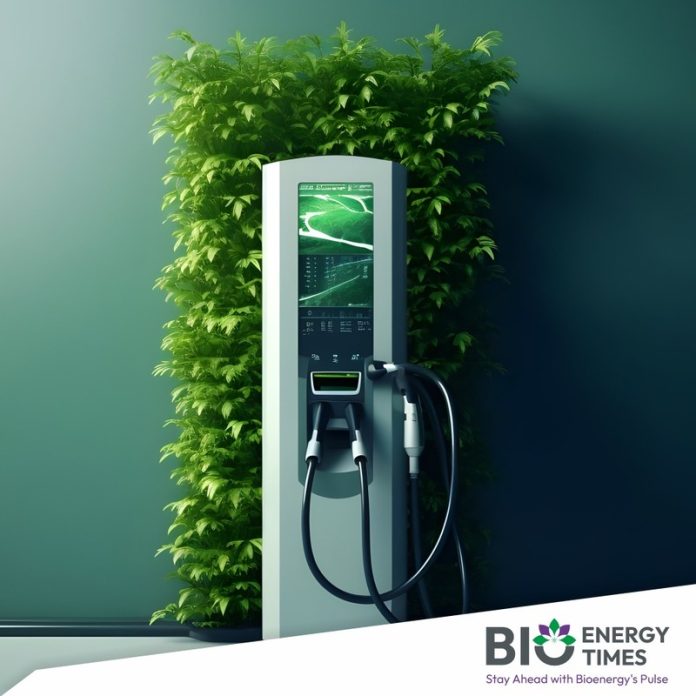New Delhi: India could reduce carbon dioxide (CO₂) emissions by 6.3 million metric tonnes (MMT) by 2035 if it replaces 15% of the hydrogen used in its refineries with green hydrogen, according to a report by EY-Parthenon. The report, How Green Manufacturing is Reshaping India’s Industrial Landscape, was released at India Energy Week 2025, reports Economic Times.
At present, Indian refineries consume around 2.7 MMT of hydrogen annually, all of which is produced through steam methane reforming, releasing nearly 24 MMT of CO₂. The report highlights that using green hydrogen instead of conventional hydrogen can significantly lower emissions and contribute to India’s efforts to cut pollution.
However, cost remains a major challenge. Green hydrogen is priced at $6–7 per kg, nearly four times more than grey hydrogen, which costs around $1.5 per kg. To address this issue, the government’s Strategic Interventions for Green Hydrogen Transition (SIGHT) program aims to boost green hydrogen production to 5 MMT by 2030. So far, oil and gas companies have committed to developing 2.1 MMT of green hydrogen capacity, expected to be operational by 2030.
Rajiv Memani, Chairman and CEO of EY India, stressed that India’s economic growth must align with sustainability. He pointed out that adopting new technologies and cleaner energy sources will help Indian businesses stay competitive as global supply chains move towards eco-friendly practices.
The report also highlights the need for Carbon Capture, Utilisation, and Storage (CCUS) technology to control emissions, especially in industries like steel, cement, and oil and gas. Although still in its early stages in India, several major companies have begun investing in CCUS. Expanding this technology will be crucial for India to meet its net-zero targets.
Kapil Bansal, Partner at EY-Parthenon India, emphasised that different industries need targeted approaches to reduce emissions. He called for stronger CO₂ reduction targets, increased investment in green hydrogen, and better collaboration between the government and businesses to make industrial production more sustainable.
Without action, emissions from industries such as steel, cement, and power could rise to 2 gigatons of CO₂ per year by 2040. Steel production currently accounts for 12% of India’s greenhouse gas emissions, while cement contributes 6% and power utilities 5.2%.
To address this challenge, the report suggests setting stricter CO₂ reduction goals, offering tax benefits for green initiatives, and introducing a carbon pricing system targeting $100 per tonne of CO₂ by 2040. It also calls for financial support to make green hydrogen more affordable and for greater investment in clean technology research.
According to the report, India will require around $300 billion in climate-related investments to support green manufacturing and industrial decarbonisation. Achieving this goal will require close cooperation between the government and private companies, with a focus on developing low-emission infrastructure in key sectors such as automotive, manufacturing, and energy.
India’s economy is expected to grow to $7 trillion by 2030, which will significantly increase energy consumption. The 20th Electric Power Survey estimates that the country’s peak electricity demand will rise to 366.4 gigawatts by 2031-32, driven by industrial expansion, population growth, and the energy needs of emerging technologies like artificial intelligence.
Without a clear strategy for reducing emissions, pollution levels could nearly double as production increases. While India has made notable progress in green manufacturing, the report warns that both government and industry must speed up their efforts to achieve sustainability targets.
As India moves into its Amrit Kaal (2024–2047), the report highlights the need for a balanced approach between economic growth and environmental sustainability. The country’s commitment to clean energy, green manufacturing, and strategic investments in reducing pollution will be key in ensuring energy security and establishing India as a global leader in sustainable industrialisation.
For detailed information and further insights, please refer to BioEnergyTimes.com, which provides the latest news about the Green Hydrogen Industry
















